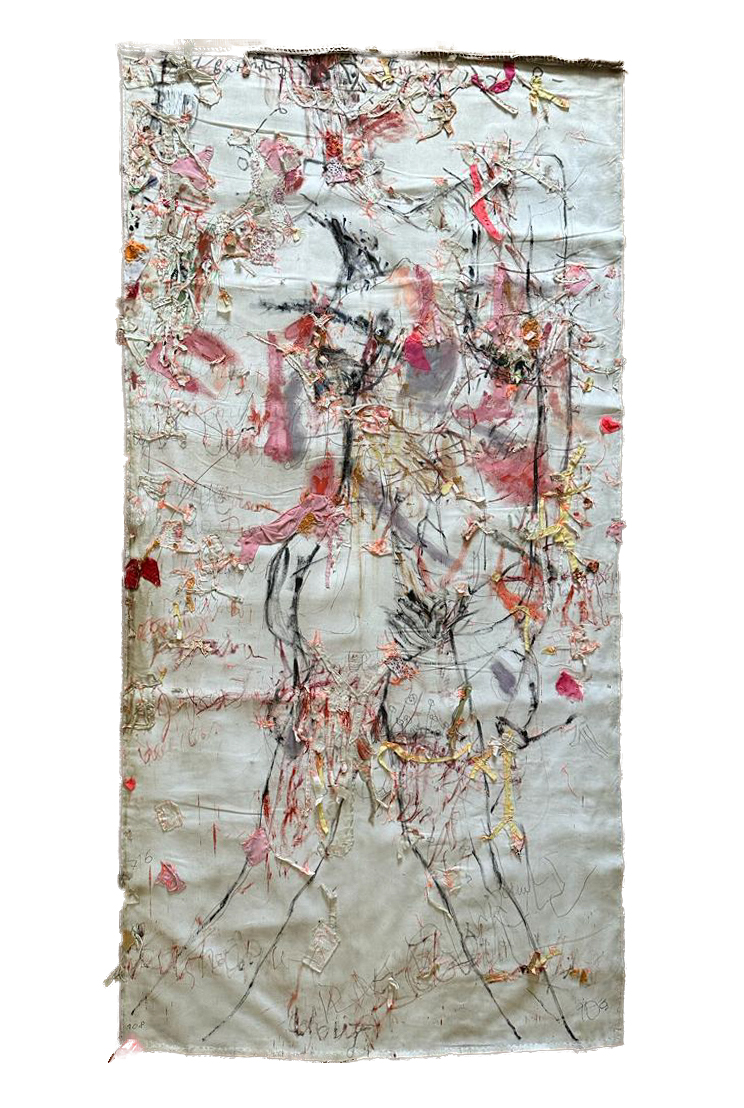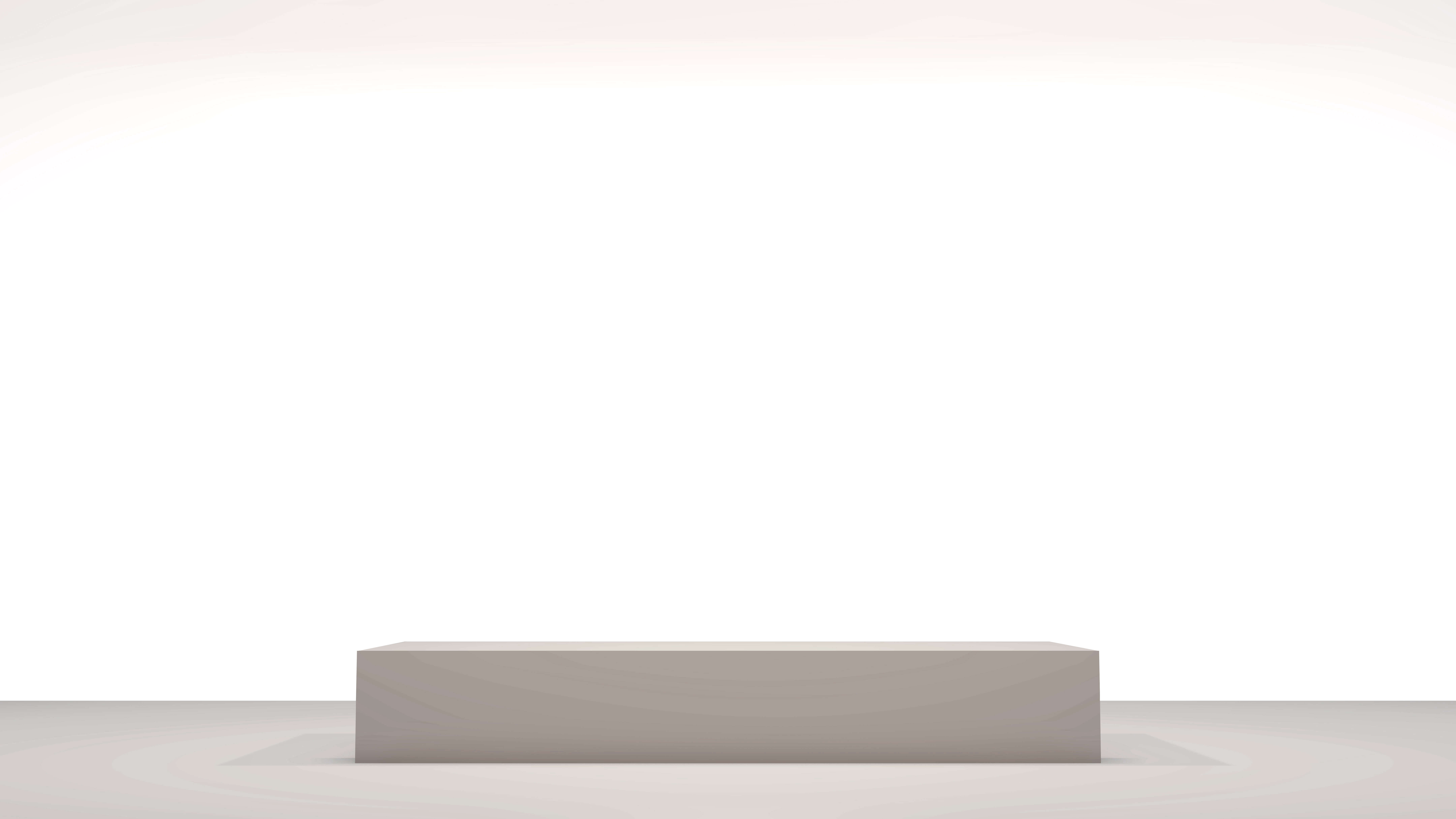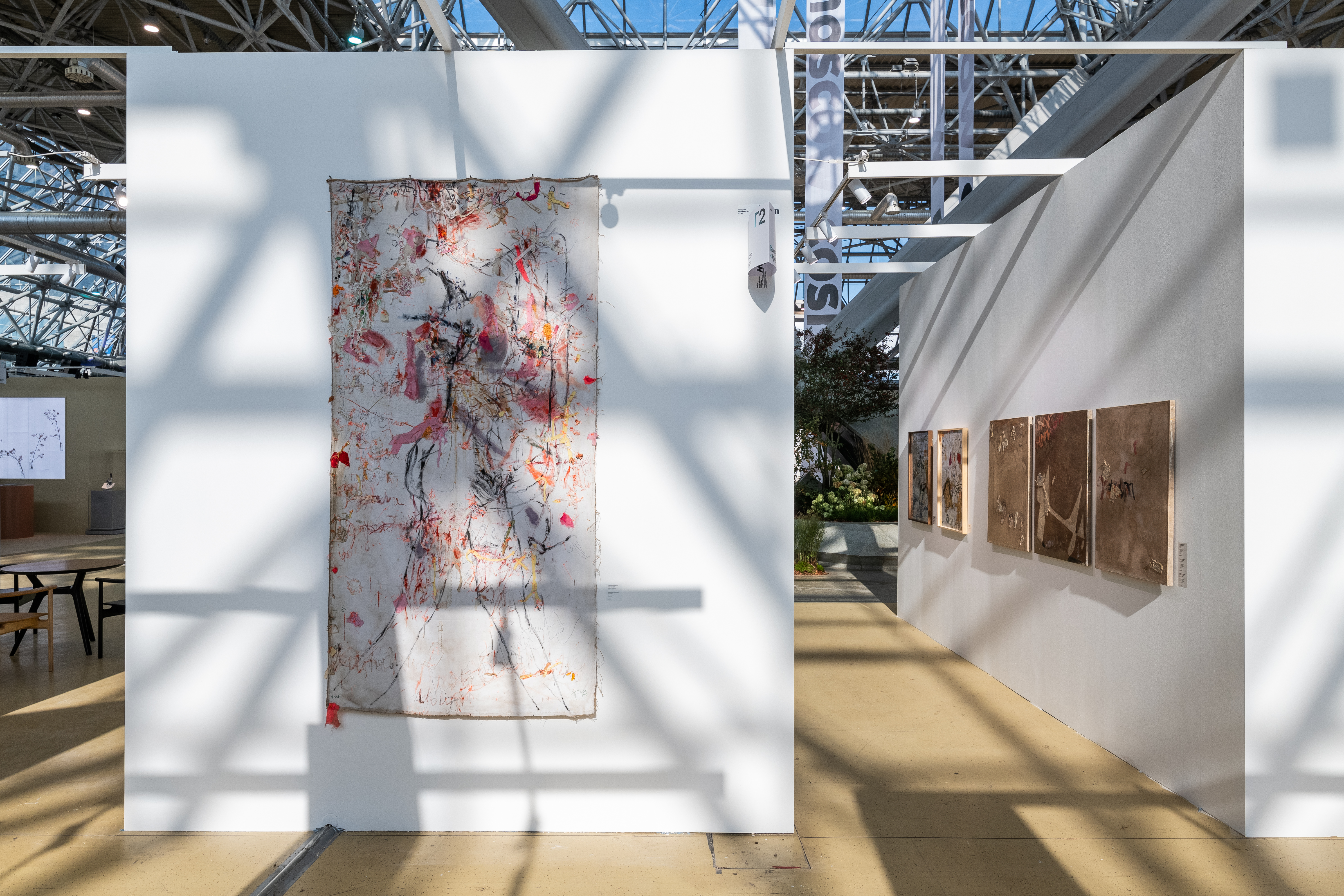Untitled

From the first days of his career, Alexander Kiryakhno had the status of a hermit: he did not fit into the Soviet art system and never tried to fulfil its criteria. Even in the post- Soviet period, the artist continues to keep himself apart: everyone in Vladivostok knows him, but his exhibitions can be counted on the fingers of one hand. Curator and critic Andrei Erofeev explains this detachment by positioning. If in Vladivostok, according to a simplified capital scenario, conservatives clashed with followers of the avant-garde, Andrei, calling such confrontation provincial, notes that Kiryakhno has withdrawn from this struggle. “He is a foreign, not fitting into the ‘Russian standard’, artist. And therefore not a provincial. His statement does not lag behind compared to the style of the metropolis.”
Kiryakhno's image of Primorye is devoid of regional and social portraiture; there are no urban landscapes, no descriptions of seaside life and modernist architecture, no Gulag prisoners, and no references to the Soviet era. Instead, Kiryakhno creates his own world, filled with cult relics he has pulled from home altars, “the prayer rooms of Buddhists, animists, Orthodox, schismatics. But also in the secluded corners of bedrooms, in children's ‘secrets’, in ladies‘ drawers and bedside tables’, fascinated not by the content of cults but by ‘the aesthetics of the intimate reliquary”, the shadows cast in the harbour town by adherents of different religions and cultures.
 120
240
120
240


Submit an application
We will inform you about the availability of the product by phone after checking

